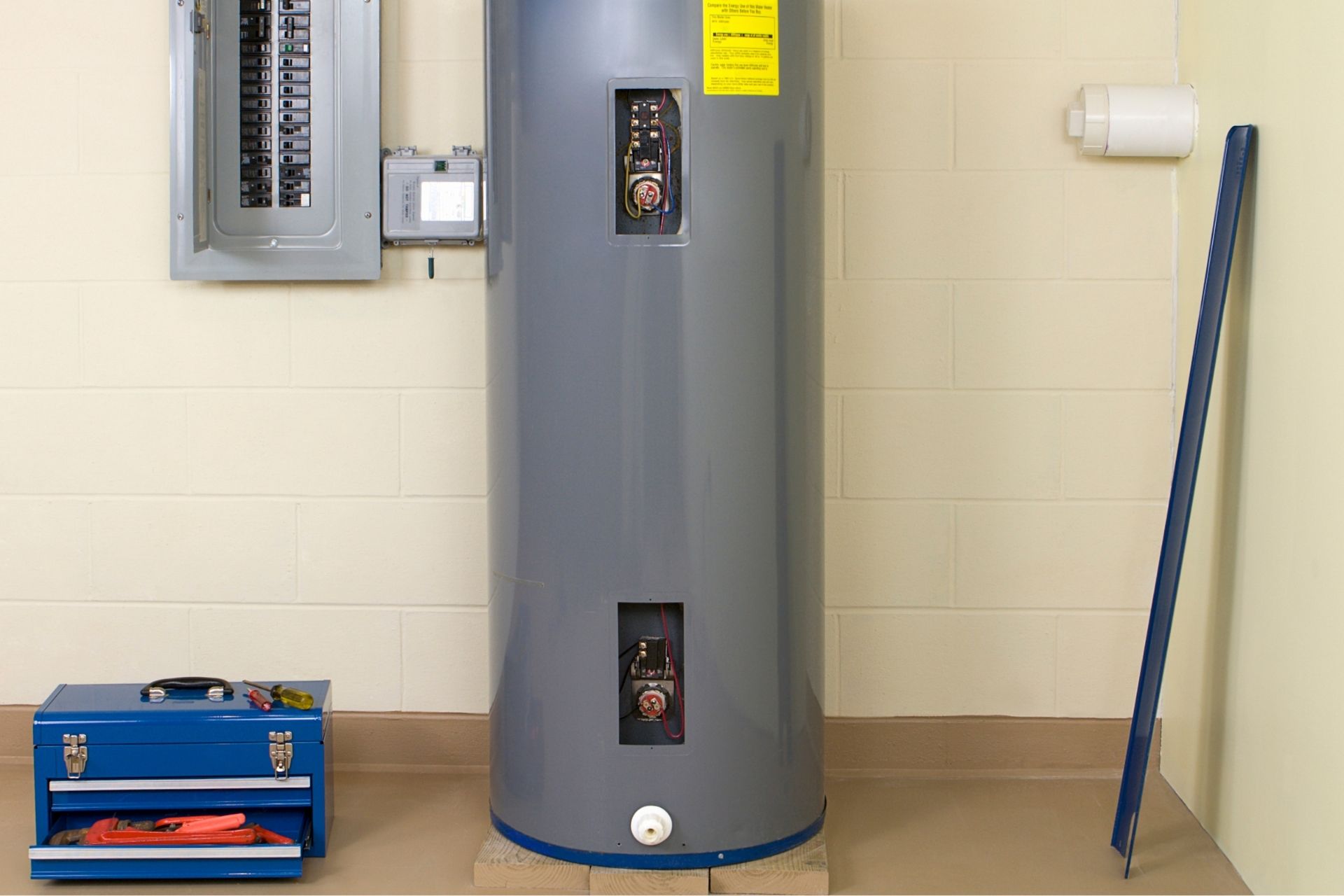This post which follows pertaining to How to Maintain Your Water Heater & Prolong its Life is rather compelling. Don't overlook it.

Warm water is necessary for daily convenience, whether it's for a revitalizing shower or cleaning meals. To ensure your hot water system runs effectively and lasts much longer, regular upkeep is key. This article offers functional ideas and understandings on just how to keep your home's warm water system to stay clear of interruptions and expensive repair services.
Introduction
Preserving your home's warm water system may appear complicated, yet with a couple of straightforward actions, you can guarantee it runs efficiently for several years ahead. This overview covers whatever from understanding your warm water system to do it yourself maintenance tips and recognizing when to call expert help.
Importance of Keeping Your Hot Water System
Regular upkeep not just extends the life-span of your warm water system but also guarantees it operates efficiently. Ignoring maintenance can lead to lowered effectiveness, greater power expenses, and also early failure of the system.
Indicators Your Hot Water System Demands Upkeep
Knowing when your warm water system needs focus can stop major concerns. Look out for indicators such as inconsistent water temperature level, odd noises from the heater, or corroded water.
Purging the Water Heater
Flushing your hot water heater eliminates sediment build-up, boosting efficiency and extending its life.
Checking and Changing Anode Rods
Anode rods stop corrosion inside the storage tank. Inspecting and changing them when broken is important.
Facility Problems Calling For Professional Aid
Examples consist of significant leaks, electric problems, or if your water heater is continually underperforming.
Routine Specialist Upkeep Benefits
Expert upkeep can include complete examinations, tune-ups, and ensuring compliance with safety and security standards.
Examining and Readjusting Temperature Settings
Changing the temperature settings ensures ideal efficiency and security.
Do It Yourself Tips for Maintenance
You can execute a number of upkeep tasks on your own to keep your hot water system in leading condition.
Looking for Leaks
On a regular basis inspect pipelines and connections for leaks, as these can bring about water damage and greater costs.
Understanding Your Warm Water System
Before diving into upkeep tasks, it's valuable to recognize the basic elements of your hot water system. Usually, this consists of the water heater itself, pipes, anode poles, and temperature controls.
Regular Monthly Upkeep Tasks
Normal monthly checks can assist capture minor problems prior to they rise.
Testing Pressure Alleviation Valves
Testing the pressure relief valve guarantees it operates correctly and avoids too much stress buildup.
Insulating Pipelines
Shielding warm water pipelines lowers heat loss and can save energy.
When to Call an Expert
While do it yourself upkeep is beneficial, some problems require professional knowledge.
Conclusion
Normal maintenance of your home's hot water system is important for efficiency, longevity, and cost savings. By adhering to these ideas and understanding when to seek professional aid, you can ensure a dependable supply of hot water without unanticipated disturbances.
Water Heater Maintenance Tips
Test the TPR Valve
Shut off the power and the cold-water supply valve. Place a bucket under the pipe connected to the temperature-pressure-release (TPR) valve on the top or side of the tank. (This valve opens if the tank pressure gets too high.) Lift the valve’s tab to let some water out, then let go. If water keeps flowing, drain the tank partway, unscrew the old valve with a pipe wrench, and install a new one. Check the Anode Rod
Put a hose to the tank’s drain cock and let out a few gallons of water. Now fit a 1 1/16-inch socket onto the rod’s hex head on top of the heater (or under its top plate) and unscrew the rod. If it’s less than ½ inch thick or coated with calcium, buy a new one, wrap its threads with Teflon tape, put it back in the tank, and tighten securely. Use this segmented rod if headroom above the tank is limited. Drain the Tank and Wash Out Sediment
Drain the remaining water in the tank into the bucket, then stir up the sediment on the tank’s bottom by briefly opening the cold-water supply valve. Drain and repeat until clean water comes out of the hose. Close the drain cock, refill the tank, and turn its power back on. Adjust the Temperature
Find the temperature dial on the side of the tank and unscrew its cover. Adjust the dial to 120 degrees using a flathead screwdriver. For every 10 degrees the temperature is lowered, you can expect to save up to 5 percent in energy costs. Turn the water heater off or the thermostat down to its lowest setting if you plan to be away from home for more than three days. Insulate the Pipes
Buy some self-sticking 3/8-inch-thick foam pipe insulation that matches the pipes’ diameter. Slide the foam over the hot-and cold-water pipes as far as you can reach. Insulating the cold-water pipe prevents condensation in summer. Peel the tape and squeeze the insulation closed. If the pipe is 6 inches or less from the flue, cover it with 1-inch-thick unfaced fiberglass pipe wrap. https://www.thisoldhouse.com/plumbing/21016402/how-to-maintain-a-water-heater

We had been made aware of that editorial on Tips on Maintaining a Water Heater through a friend on a different site. Be sure to take the opportunity to distribute this post if you appreciated it. We love your readership.
Book A Free Estimate